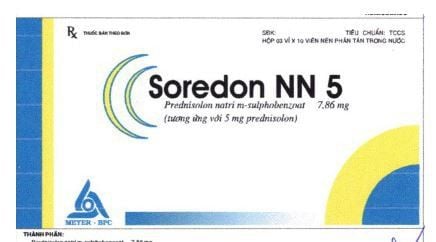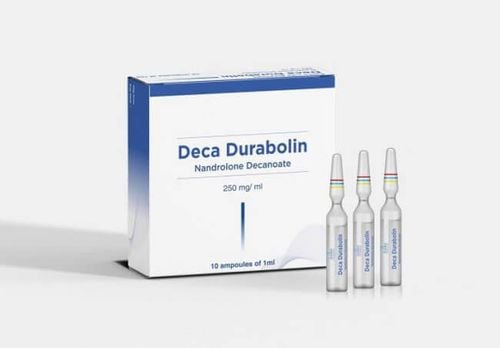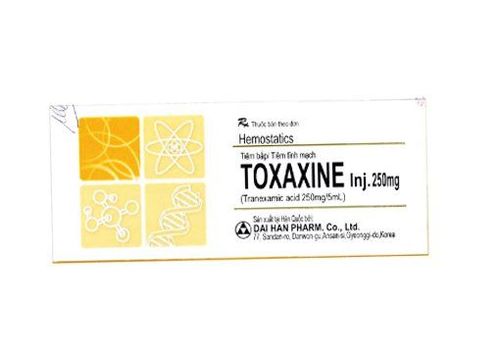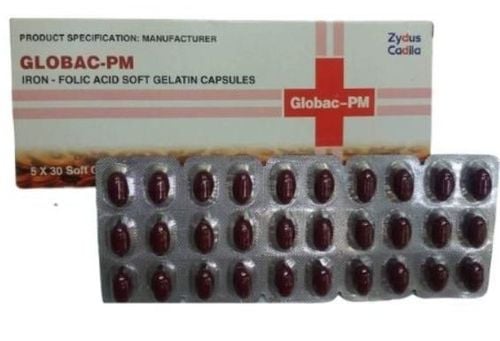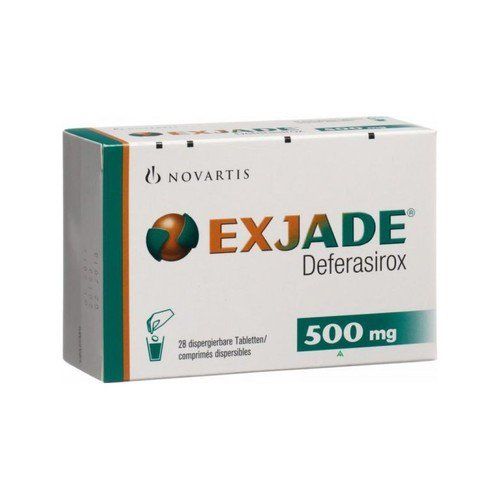This is an automatically translated article.
Red blood cells have the function of carrying oxygen to the body's tissues, when anemia is caused by your body not making enough red blood cells or these cells not working properly, with Common symptoms include fatigue and shortness of breath. There are more than 400 different forms of anemia, of which iron deficiency anemia is the most common.
1. Aplastic anemia (English name is Aplastic Anemia)
Normally, blood cells are made from stem cells in the bone marrow, but in aplastic anemia, the stem cells in the bone marrow are damaged and can't make enough new blood cells.
Causes of aplastic anemia include:
Hereditary anemia, patients with aplastic anemia due to inherited disease genes from parents Autoimmune diseases such as lupus erythematosus and rheumatoid arthritis Due to exposure to chemicals such as pesticides, arsenic and benzene Infections including hepatitis, Epstein-Barr virus and HIV Radiation and chemotherapy treatment in cancer Genetic diseases such as Fanconi anemia, Shwachman-Diamond syndrome and Diamond-Blackfan anemia, which can damage cells and also cause aplastic anemia. There are many symptoms of aplastic anemia from shortness of breath and dizziness to headache, pale skin, chest pain, fast heartbeat, and coldness in the hands and feet.
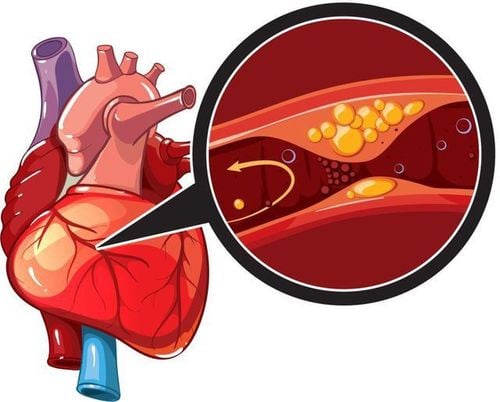
Các tế bào gốc trong tủy xương bị tổn thương gây thiếu máu bất sản
2. Sideroblastic anemia (English name is Sideroblastic anemia)
In this anemia, because the body cannot use iron to make hemoglobin, which is a protein that carries oxygen in the blood. The accumulation of iron in the blood leads to the formation of abnormal red blood cells called sideroblasts. There are two main types of sideroblastic anemia:
Sideroblastic anemia caused by exposure to certain chemicals or drugs. Hereditary sideroblastic anemia occurs when a gene mutation disrupts the normal process of hemoglobin production. This is the gene that produces heme, one of the important parts of hemoglobin that carries oxygen in the body. Symptoms for both types of anemia include:
Chest pain Fast heartbeat Headache Shortness of breath Weakness and fatigue
3. Myelodysplastic syndrome (MDS)
Myelodystrophy occurs when the bone marrow is damaged and cannot make enough healthy blood cells, which is a form of cancer.
Some people are born with a gene that causes MDS that is passed on from one or both parents. If you have certain inherited syndromes such as Fanconi anemia, Shwachman-Diamond syndrome, Diamond Blackfan anemia, familial platelet disorder, and severe congenital leukopenia, you are more likely to develop the condition. MDS.
A small number of others develop MDS after radiation or chemotherapy for cancer treatment or exposure to chemicals such as benzene found in cigarette smoke.
Myelodystrophy may be asymptomatic or have symptoms such as:
Bruising or bleeding Infection Fever Shortness of breath Weakness and fatigue Weight loss

Hội chứng loạn sinh tủy gây mệt mỏi và ảnh hưởng đến cuộc sống sinh hoạt của người bệnh
4. Immune hemolytic anemia (English name is Autoimmune Hemolytic Anemia)
Immune hemolytic anemia occurs when the body's immune system attacks and destroys red blood cells rapidly, which are able to make new ones.
If you have an autoimmune disease like lupus erythematosus, you are also more likely to develop this type of anemia. Drugs such as methyldopa (Aldomet), penicillin, and quinine (Qualaquin) can also cause immune hemolytic anemia.
Symptoms of this type of anemia include fatigue, pale skin, fast heart rate, shortness of breath, chills, back pain, and jaundice.
5. Congenital dyserythropoietic anemia (CDA)
CDA is a group of congenital anemias that reduce the number of healthy red blood cells in the body.
There are three types of CDA, type 1, 2 and 3. Type 2 is the most common and type 3 is the rarest. Symptoms include chronic anemia, fatigue, jaundice and yellow eyes, pale skin, and no fingers and toes at birth.
6. Diamond Blackfan Anemia (English name is Diamond-Blackfan Anemia - DBA)
Because the bone marrow does not make enough red blood cells to meet the body's needs, it leads to Diamond-Blackfan anemia, which can be caused by a genetic mutation.
Diamond-Blackfan anemia symptoms include:
Tachycardia Fatigue Heart murmur Pale skin Low height Weak bones
7. Macrocytic anemia (English name is Macrocytic anemia)
With this type of anemia, the bone marrow produces red blood cells that are abnormally large and too young. Because these red blood cells are immature or unhealthy, they cannot carry out the function of carrying oxygen around the body.
Macrocytic anemia is caused by a lack of vitamin B12 (cobalamin) or vitamin B9 (folate), which are vitamins needed to make red blood cells.
Some people with macrocytic anemia have no symptoms for many years, but once they do, the symptoms are the same as other types of anemia, such as:
Dizziness and fatigue Diarrhea, sadness vomiting Fast or irregular heartbeat Muscle pain or weakness Pale skin Difficulty breathing
8. Fanconi Anemia (English name is Fanconi Anemia)
Fanconi anemia is a genetic disorder that affects the ability of the bone marrow to make new or healthy red blood cells.
Symptoms of Fanconi anemia include:
Abnormal thumb Heart, kidney and bone problems Changes in skin color Growth retardation Children with small body size, head and eyes If Fanconi anemia, people The patient also has an increased risk of acute myeloid leukemia (Acute Myeloid Leukemia - AML) and other cancers such as cancer of the head, neck, skin, gastrointestinal tract or genitals, compared with the general population.
Please dial HOTLINE for more information or register for an appointment HERE. Download MyVinmec app to make appointments faster and to manage your bookings easily.
Articles refer to the source: webmd.com




